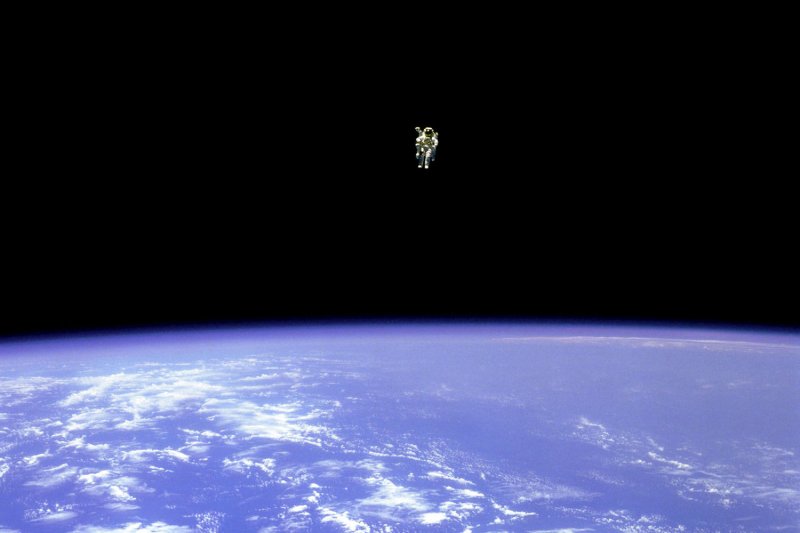Dec. 22 (UPI) -- Former NASA astronaut Bruce McCandless, the first person to fly untethered in space, died this week at 80 years old, the agency said Friday.
McCandless, who died Thursday, became the first astronaut to fly in space without being harnessed to a space vessel on Feb. 7, 1984, while on a mission aboard the space shuttle Challenger. Other astronauts on the mission used a 70mm camera to capture the moment in a now-iconic photograph, NASA said in a release.















